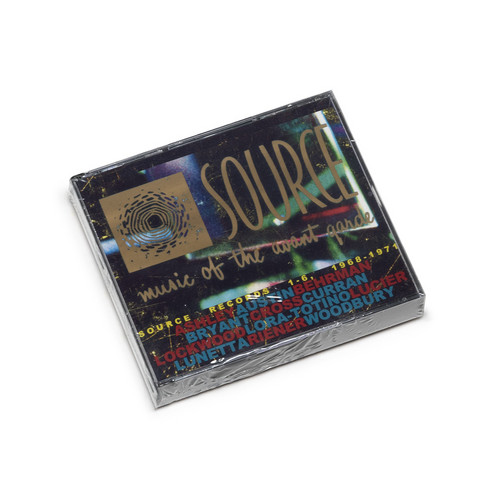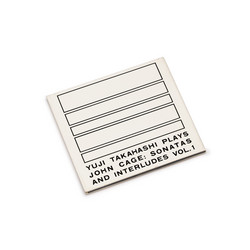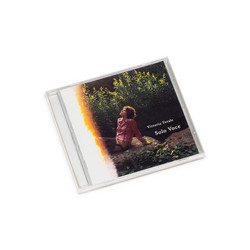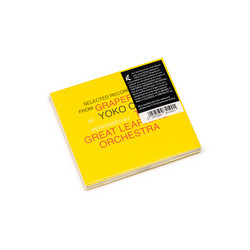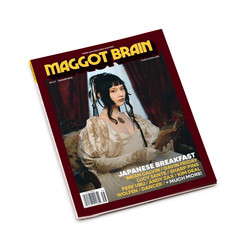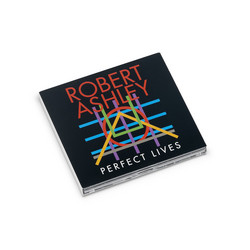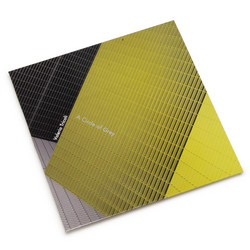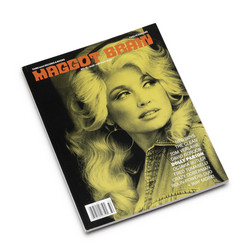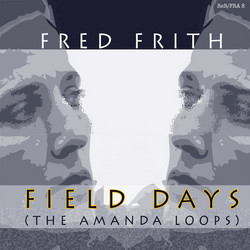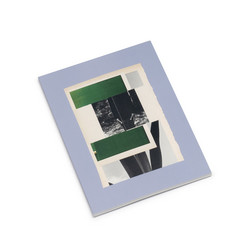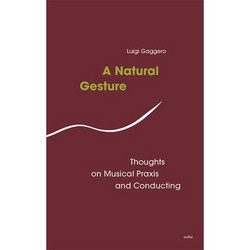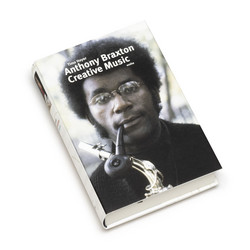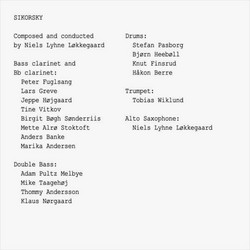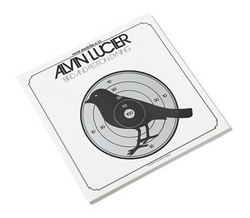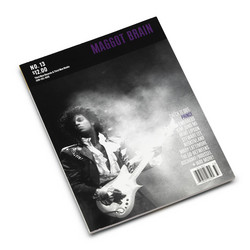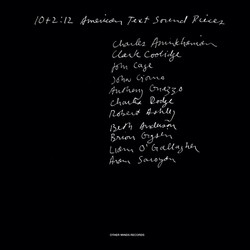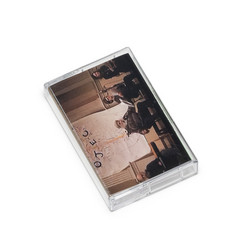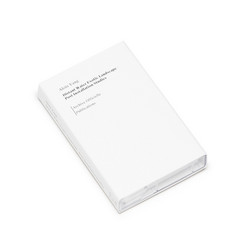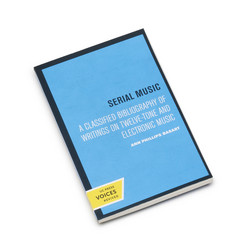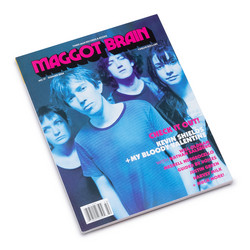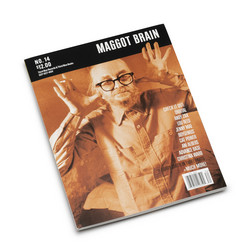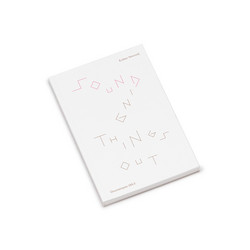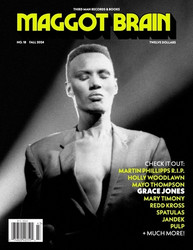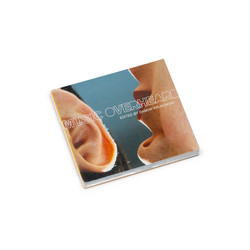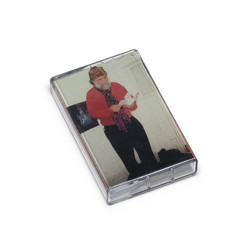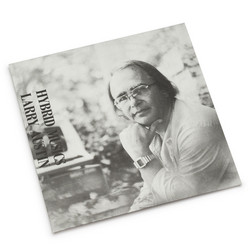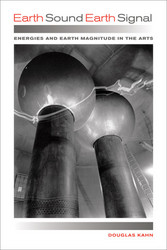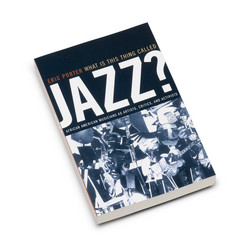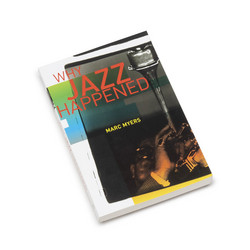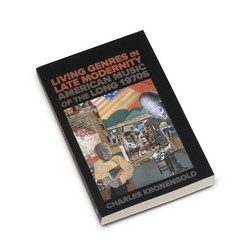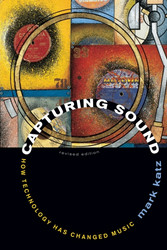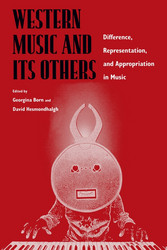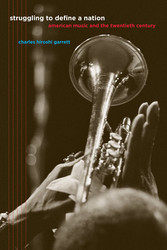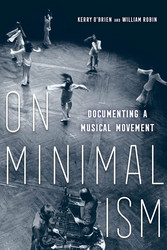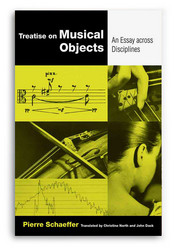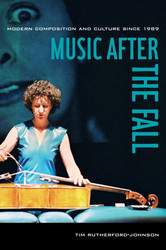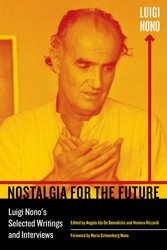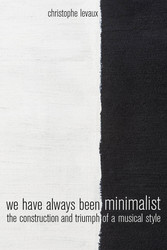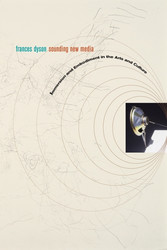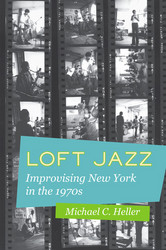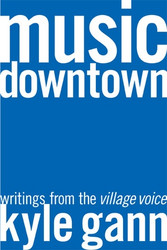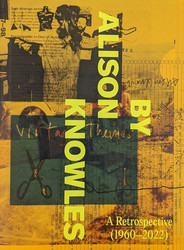Preface: Source in the Cause of New Music, by Douglas Kahn
Introduction: Larry Austin on Source, from an interview by Douglas Kahn
ISSUE NO. 1
The Editors | Preface
Giuseppe Chiari | Quel che volete
Robert Ashley
• in memoriam...Esteban Gómez (quartet)
• in memoriam...John Smith (concerto)
• in memoriam...Crazy Horse (symphony)
• in memoriam...Kit Carson (opera)
plus Letter to the Editor
Earle Brown | Form in New Music
Harry Partch | Lecture
Harry Partch | And on the Seventh Day Petals Fell in Petaluma
Robert Ashley, Larry Austin, and Karlheinz Stockhausen | Conversation
ISSUE NO. 2
The Editors | Is the Composer Anonymous?
Toshi Ichiyanagi | Appearance, for 3 Instruments, 2 Oscillators, 2 Ring Modulators
Morton Feldman | Conversations Without Stravinsky
John Cage | 4'33"
plus correspondence and telephone conversation with the Editor
Gordon Mumma | Alvin Lucier’s Music for Solo Performer 1965
Jerry Hunt | Sur (Doctor) John Dee and Tabulatura Soyga
ISSUE NO. 3
Larry Austin, Stanley Lunetta, John Mizelle, and Arthur Woodbury | Groups Section
• Gordon Mumma and Larry Austin | Sonic Arts Group
• Robert Ashley | The ONCE Group
• Musica Elettronica Viva | WORDS . . .
David Behrman | Wave Train
Will Johnson | First Festival of Live-Electronic Music 1967
John Mizelle | Radial Energy I
Frederic Rzewski | Plan for Spacecraft
Pauline Oliveros | Some Sound Observations
Robert Moran | Titus Number 1 for Amplified Automobile
The Editors | Comment
ISSUE NO. 4
Robert Ashley | The Wolfman
John Cage and Lejaren Hiller | HPSCHD, interview by Larry Austin
Larry Austin | Accidents
ISSUE NO. 5
Anna [Annea] Lockwood | Glass Concert 2
Christian Wolff | Edges
Dick Higgins | Boredom and Danger
Stanley Lunetta | Spider-Song
Max Neuhaus | A Max Sampler: Six sound oriented pieces for situations other than that of the concert hall
Larry Austin | Events/Comments
ISSUE NO. 6
Dick Higgins | The Thousand Symphonies
Philip Corner | Anti-personnel Bomb
Editors and Respondents | Events/Comments: Is new music being used for political or social ends?
Jani Christou | Enantiodromia
Frederic Rzewski | Street Music and Symphony
ISSUE NO. 7
John Cage and Calvin Sumsion | Plexigram IV: Not Wanting to Say Anything about Marcel
• Barbara Rose | Not Wanting to Say Anything about Marcel
John Dinwiddie | MEWANTEMOOSEICDAY: John Cage in Davis, 1969
Dick Higgins | Towards the ’70s
Arthur Woodbury | Velox
Pauline Oliveros | The Indefinite Integral of Psi Star Psi d Tau Equals One
Mark Riener | Phlegethon
Alvin Lucier | I Am Sitting In A Room and Vespers
Ben Johnston | How to Cook an Albatross
Jocy de Oliveira | Polinterações
ISSUE NO. 8
Sven Hansell and Harvey Matusow | Fylkingen 1970
• Åke Hodell, Mr. Smith in Rhodesia
• Bob Cobbing, Chamber Music
• Ferdinand Kriwet, Rundscheibe XIII
Lowell Cross | Audio/Video/Laser
Morton Feldman | Boola Boola
Larry Austin | Caritas and Transmission One
Stanley Lunetta | Moosack Machine
Peter Garland | “Sea Fever”
Larry Austin | Editorial
ISSUE NO. 9
David Rosenboom | Noise Abatement Resolution
Anna [Annea] Lockwood | Piano Burning and Tiger Balm
Nelson Howe | Fur Music
Nicolas Slonimsky, Möbius Strip-Tease
Stanley Lunetta | Events/Comments
• Donald Buchla | On the Desirability of Distinguishing between Sound and Structure
The Editors | International Carnival of Experimental Sound
ISSUE NO. 10
Alvin Lucier | Gentle Fire and Queen of the South
“Naked Software”
• Harvey Matusow | Naked Software: 12-Cassette Spatial Sound System
• Anna [Annea] Lockwood: River Archive
• John Lifton | Project: International Concert of Public Noise
• John Lifton | Interface 3A
Stuart Marshall | “Exhibition on 3 Hills”
Steve Reich | “Music as a Gradual Process” and Pendulum Music
Anthony Braxton | 8KN-(J-6)
1
R10
Cornelius Cardew | The Great Learning
Cornelius Cardew | The Scratch Orchestra: Draft Constitution
George Brecht | Land Mass Translocation
Christopher Hobbs | The Friesian Cow
a.d.r. | Portsmouth Sinfonia
Gavin Bryars | Verbal Pieces
Pauline Oliveros | Sonic Meditations
ISSUE NO. 11
Ken Friedman and Stanley Lunetta | Editorial
• Ken Friedman | International Sources: Notes on the Exhibition
Ken Friedman | NYCS Weekly Breeder
Max Neuhaus | Water Whistle
Robert Filliou | Telepathic Music
Image Bank | New York Corres-Sponge Dance School of Vancouver
Nam June Paik | “My Symphonies” and “Postmusic”
Charles Amirkhanian | “xvurt” and “bcuhla”
John Paul Rhinehart and Stanley Marsh 3 | Chromatic Tree Harp
Appendix: Complete Contents of Source
Credits
